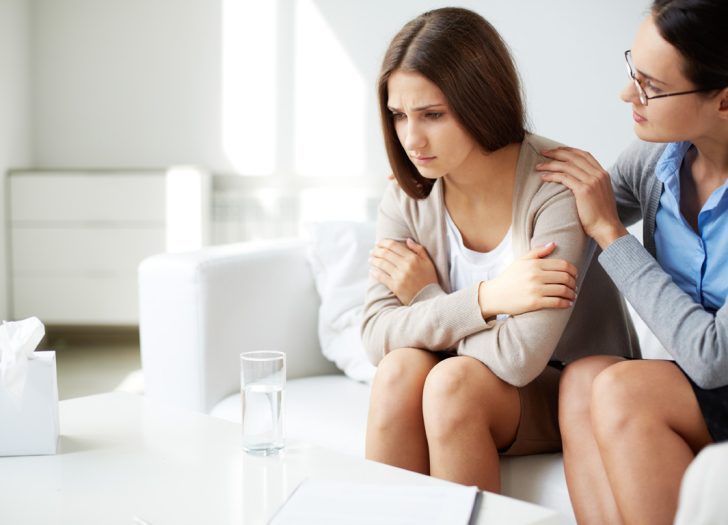It is unfortunately easy to get into a bicycle accident on today’s busy roads. If a bicycle experiences a collision with a car, it is usually the bicyclist who sustains the worst injuries including fractures, head injuries, and in some cases, wrongful death.
While your injuries may be covered by the driver’s or your own auto insurance policy, the best-case scenario is to avoid these accidents in the first place. You can take precautions to enhance your visibility whether you bicycle commute to work or enjoy an occasional leisurely ride. Here are six bicycle safety habits to help you avoid accidents.
- Install a Headlight
Headlights are vital safety equipment but they are also the law. Massachusetts law requires bicyclists to use a front white light (headlight) from 30 minutes after sunset to 30 minutes before sunrise.
Even though most bicyclists do not ride after dark, nighttime accidents account for nearly half (47%) of cycling deaths, according to the Governers Highway Safety Association.

A headlight helps you see better when you ride at night but also enhances your visibility to traffic. You can also purchase one with a flashing feature that makes you more noticeable during the day.
If you ride during dawn, dusk or at night frequently, consider investing in reflective clothing too. A “slow vehicle” triangle helps as do the light reflective vests used by road personnel.
- Make Eye Contact
Drivers do not look out for bicycles as they do for other cars. While an impact with you is likely the driver’s fault, that is not a comfort if you are stuck in a hospital for days and face a long recovery time.
The best way to avoid impact is eye contact. Unless a driver looks right at you, do not cut in front of them or assume it is safe to cross. If they seem extra oblivious, wave or even yell out just to make sure they notice you. If you’re not sure whether the driver has seen you and will yield, wait for them to clear your path completely before continuing your route.
- Stay in the Road
If there is a bike lane, stay to the left near the line. This makes you more visible and even if you must be in the lane with cars, you are actually safer than if you ride as close to the curb as possible. Also, a common form of injury suffered by bike riders is drivers parking a car then opening the door in front of you. If you stay left and stay out of door range, you are more likely to avoid this type of collision.
Riding on the sidewalk is also not recommended. You put pedestrians in danger and end up in danger zones like crosswalks. Drivers often do not expect to see bicycles in the crosswalk.
It seems counterintuitive to stay safer by driving in the road but sometimes, that is the only way drivers pay attention to you. As with many of these other tips, visibility is key to avoiding accidents.
- Go with Traffic
Pedestrians walk against traffic to assure visibility and stay safe. Many bicyclists believe the same approach works for them.
However, riding against traffic is dangerous for a bicyclist. You cannot stop as quickly as a pedestrian and you will often sneak up on drivers. If a driver is making a right turn from a side street, they are not expecting a vehicle to come at them from the right. This makes them more likely to turn into you and cause an accident.
- Stay Out of Blind Spots
Avoid stopping beside a car whenever possible. If stopped, your best spot is between two cars, even if you remain in a bike lane. This assures cars behind you and in front of you see you.
Otherwise, you risk another common type of car-bicycle collision–the right turn punch. When you sit in a car’s blind spot, the driver may complete a right turn right into you or in front of you, making it impossible to stop on time. Never riding or stopping beside a car is the best way to avoid this accident.
- Remember: You Are Operating a Vehicle
Like a car, your bicycle is subject to statutory requirements and must follow the rules of the road. Think of it as a really small vehicle that could be hit if drivers of larger vehicles do not pay attention to you. Purchase the safety equipment (including a good bicycle helmet) and ride in a cooperative fashion that helps you coexist well with cars.
However, even if you develop the good practices and intentions, there is still a risk of facing a catastrophic injury from a careless driver. Mazow | McCullough, PC is there for you if this occurs. Contact us for a free case evaluation by calling (855) 693-9084 or (978) 744-8000.











